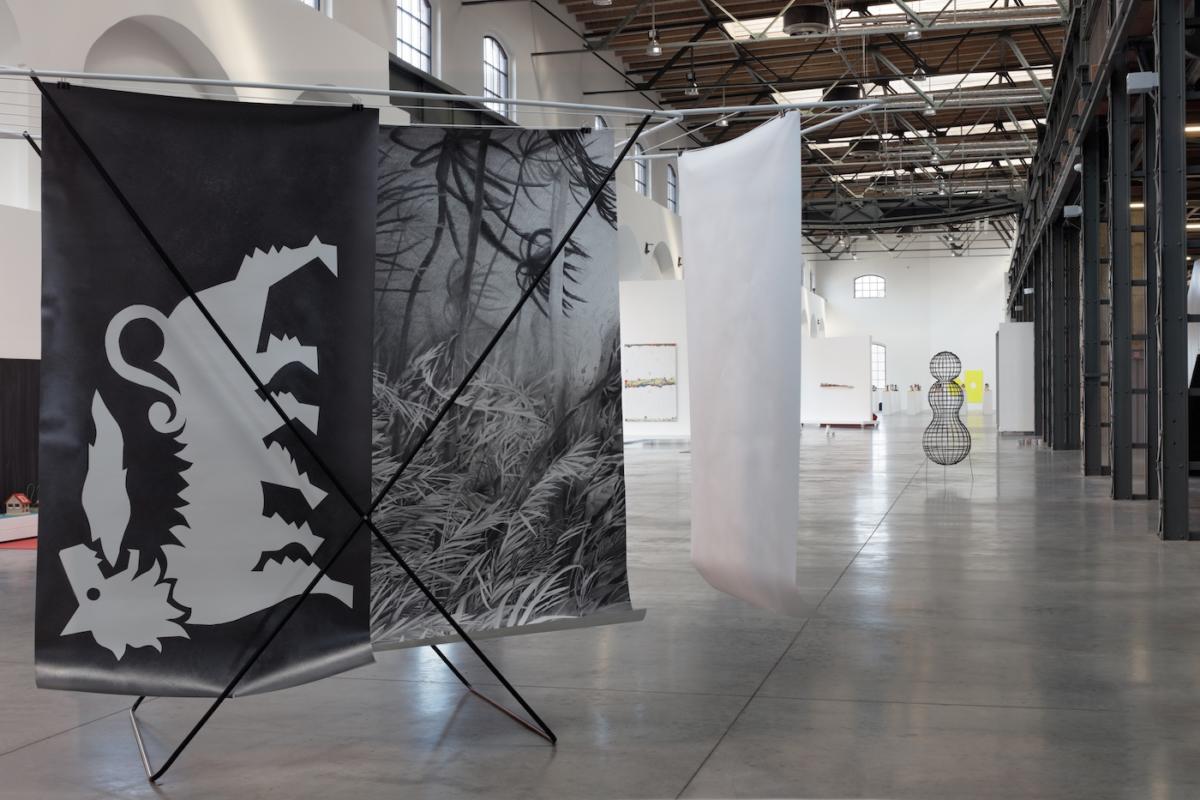
The presentation of artists of several generations and diverse artistic approaches is always an opportunity to revise established categories and the vocabulary of practice tested by history. The relations between the works from the most extensive selection from the Fait Gallery collection so far are thus showed in regard to the relative borders of defining terms, the works of art and the viewer. Although the attitudes of the individual artists differ at many levels, in most cases they share the reduction of shapes and their fragmentarization, the incorporation of letters and signs into visual compositions and experimental work, and the conceptual precision of ideas.
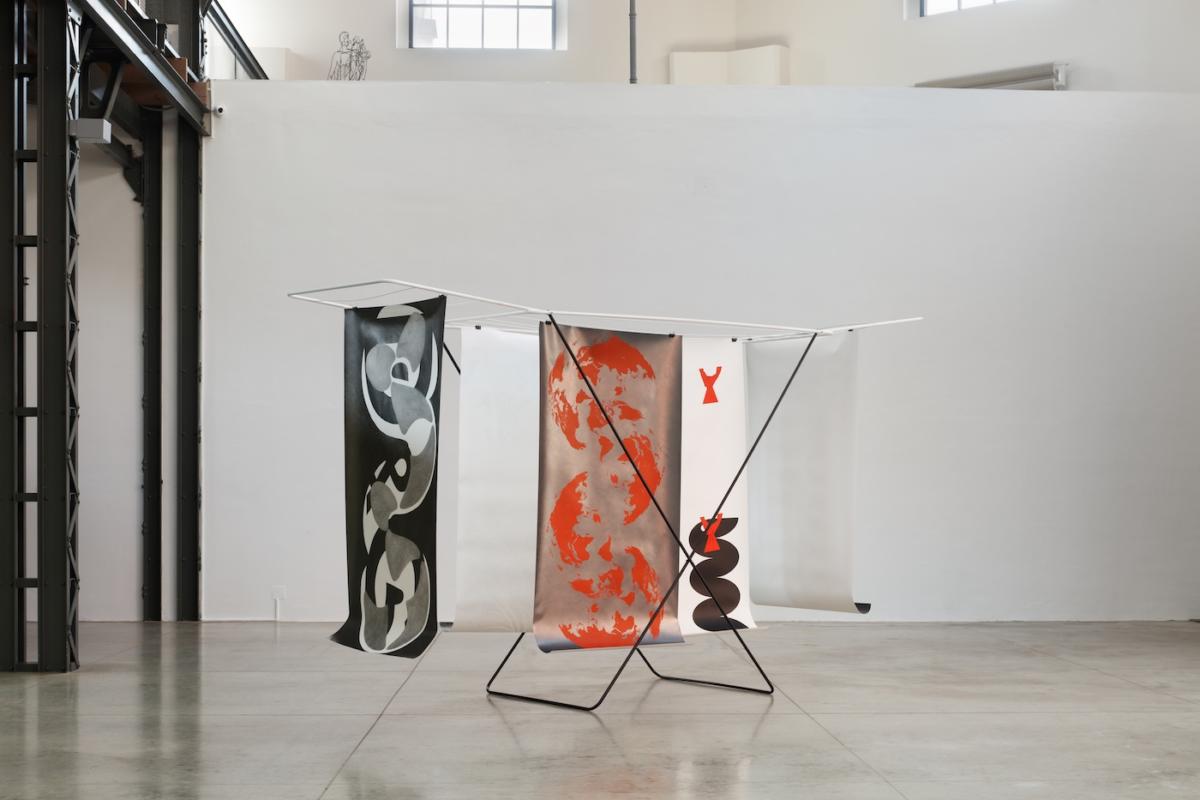
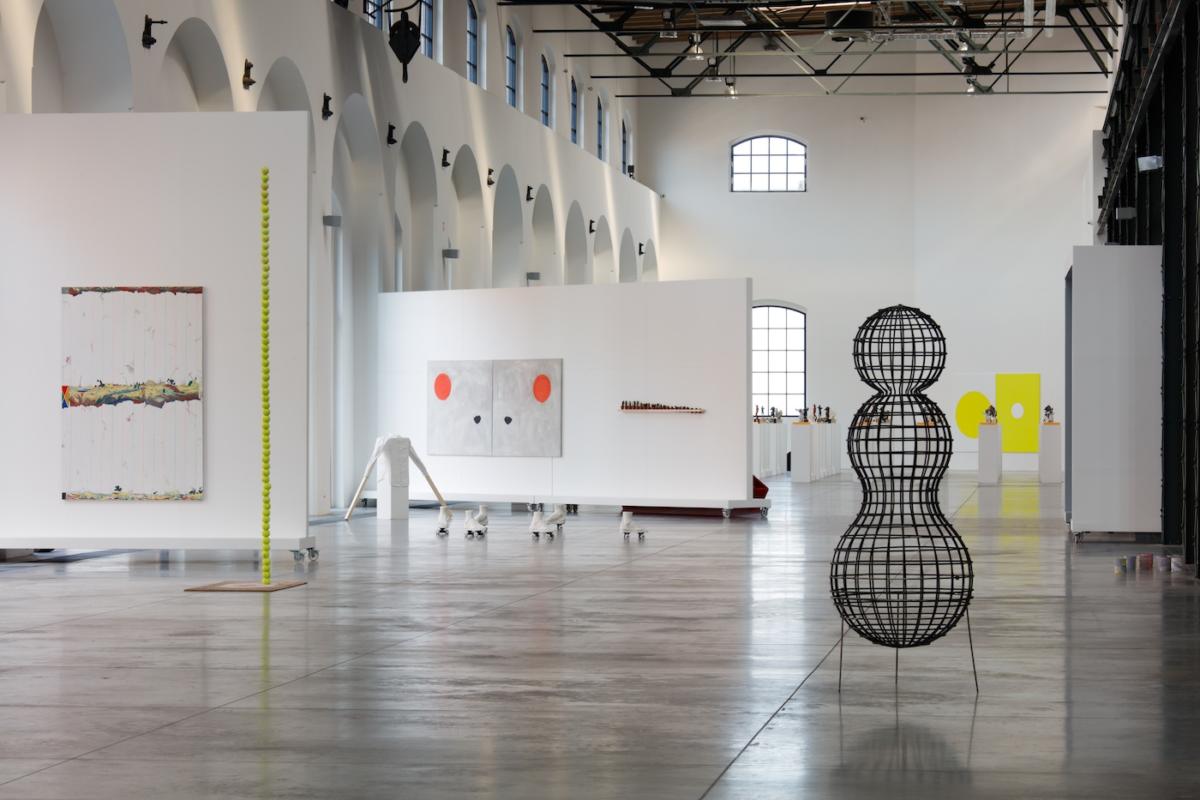

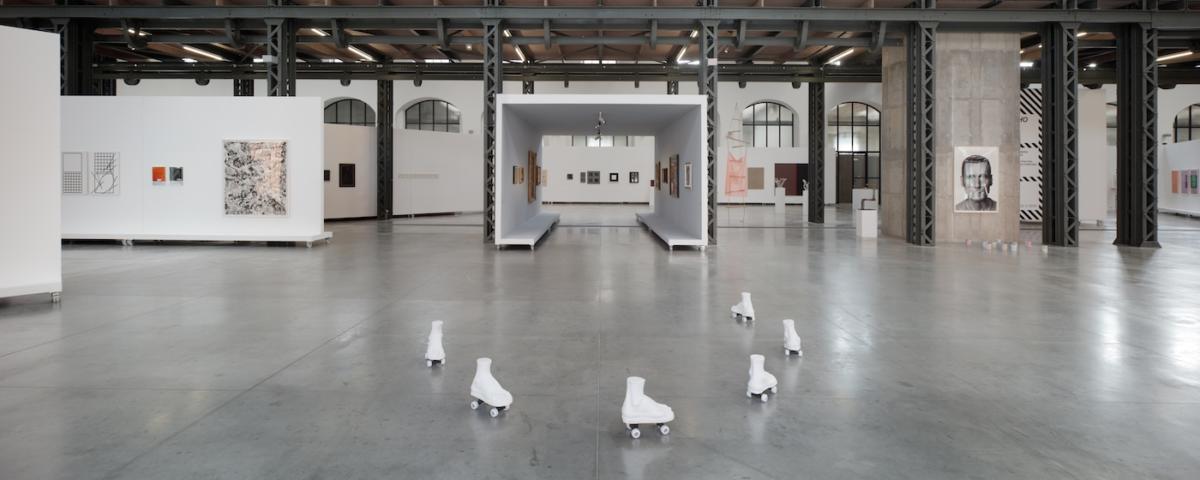
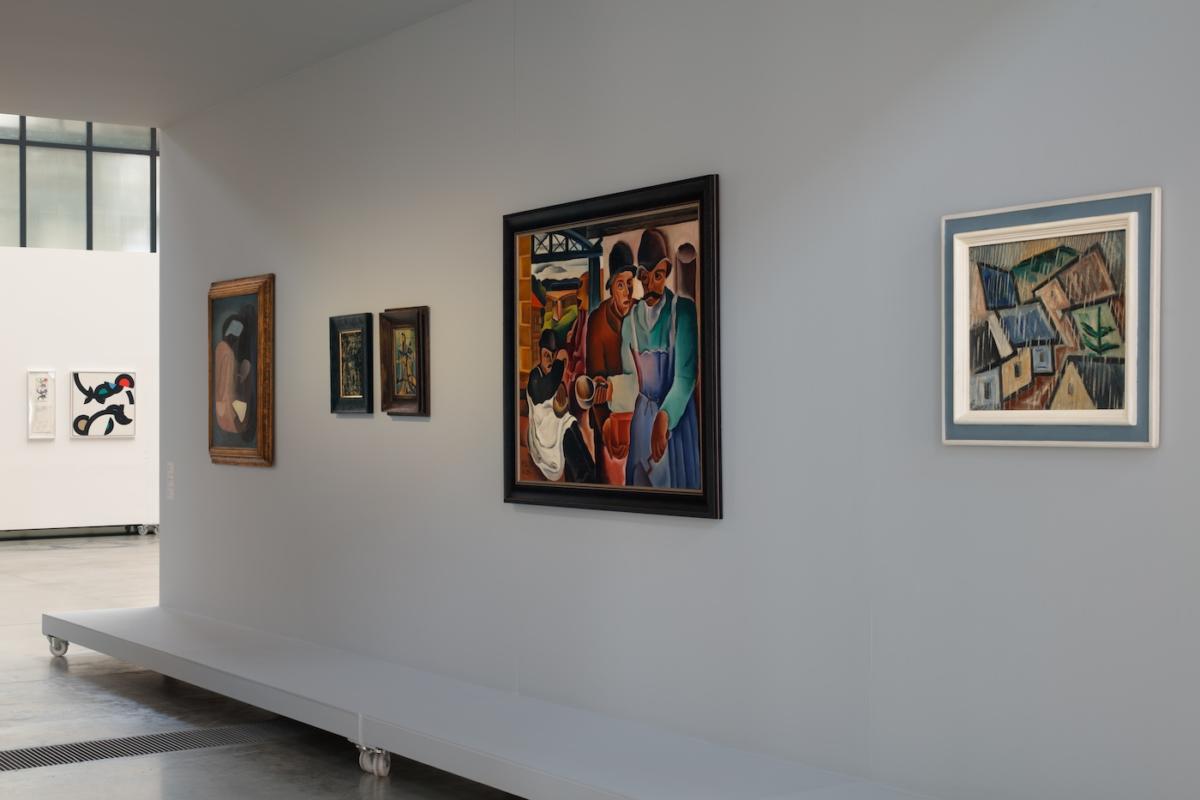

Owing to the extent of the collection, and despite the generous space, the selected works naturally make only a sample, not a comprehensive one but one that demonstrates its direction. The chosen categories of subjects, the borders of which are blurred with many of the pieces by their blending, serve to link the Czech avant-garde, Czechoslovak art of the second half of the 20th century and their reverberations in contemporary art. A major part of the exhibition is devoted to artists whose work features collage, assemblage and installation, or whose output often manifests the principle of layering and assembling different fragments, symbols and letters. The majority of the artworks thus employ the strategies of repetition, juxtaposition and dislocation of the original shapes and signs.
The shifting of objects or texts from one context to another generating new meanings is one of the defining characteristics of modernism and a procedure which was formerly only employed in art. At present, however, it is a process that has become a determining principle affecting social and cultural life, as well as man as an individual, his identity and personal integrity. Creative procedures of fragmentarization and appropriation have given art a great deal of freedom, which is also why collage and the use of graphemes have counted among the most distinct techniques and means of expression in art since the early 20th century until now, especially for their ability to find connections faster and more spontaneously through the use of reduction and paradox.
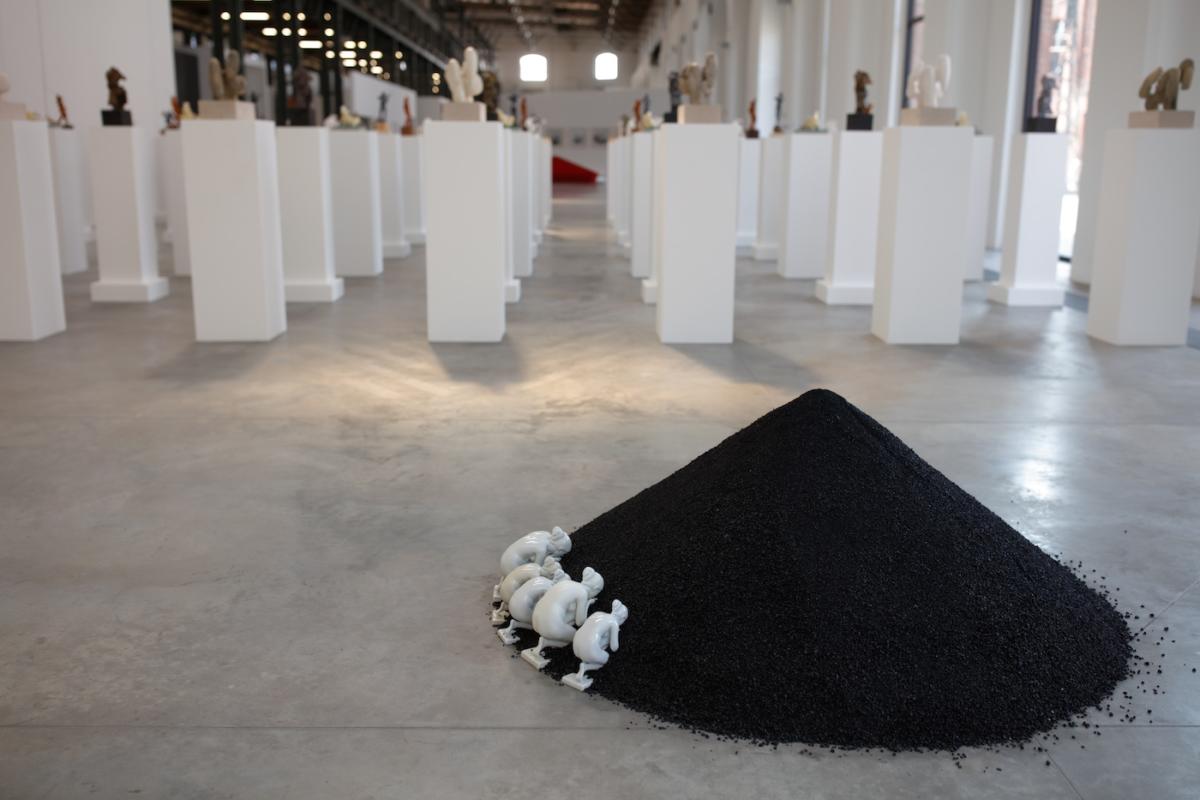
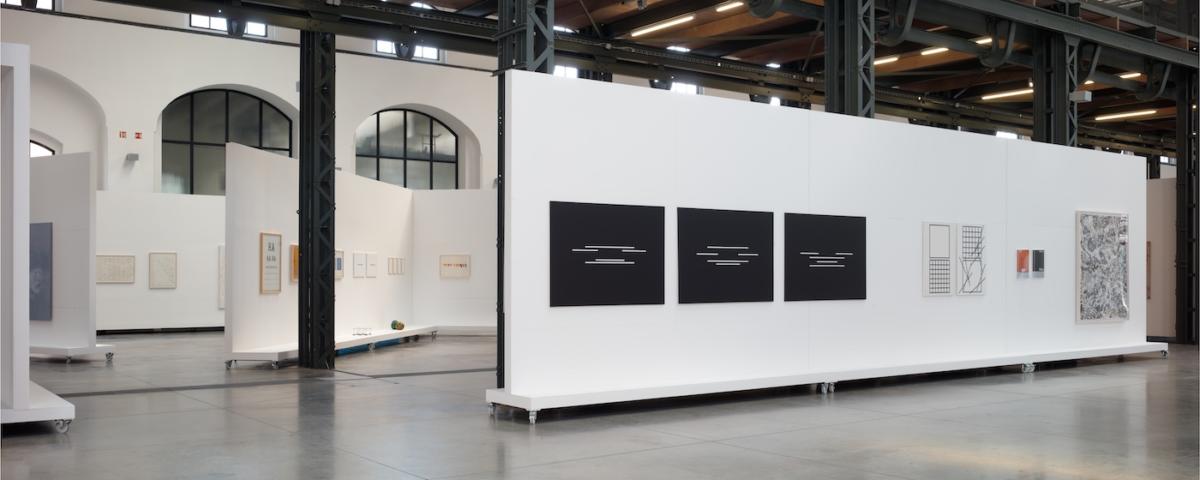

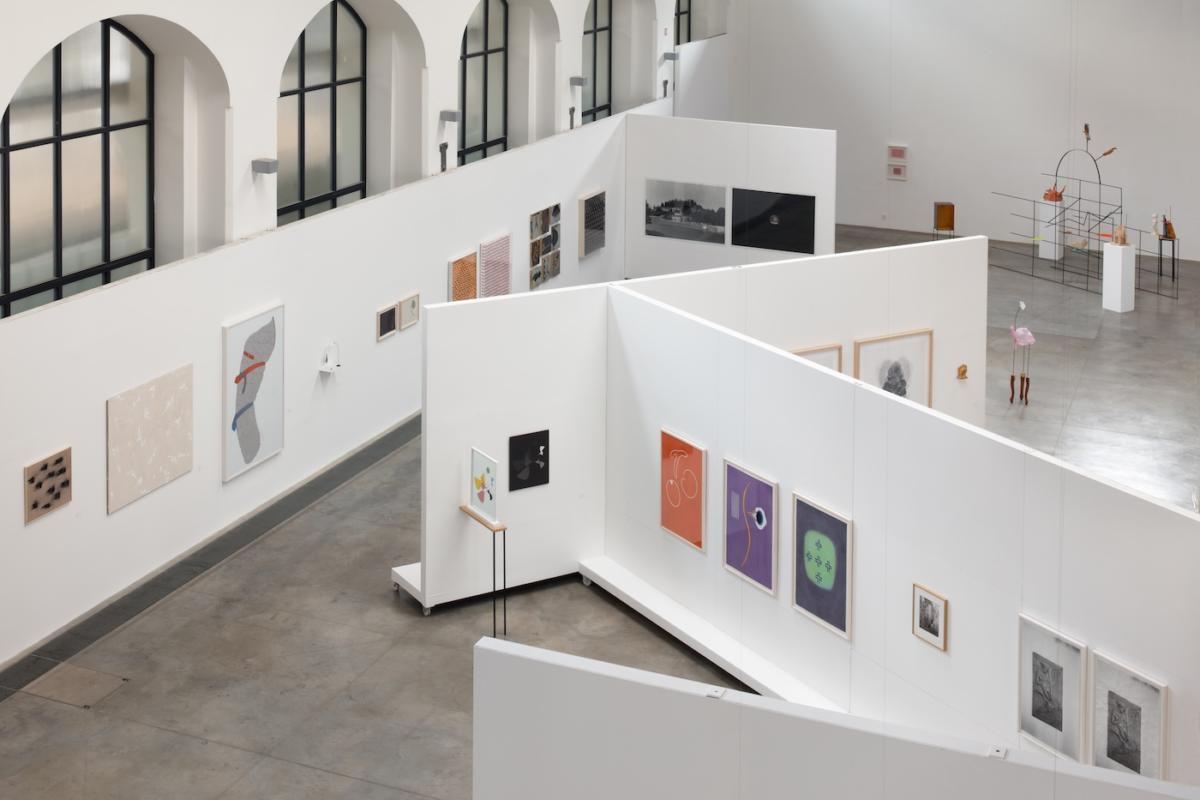
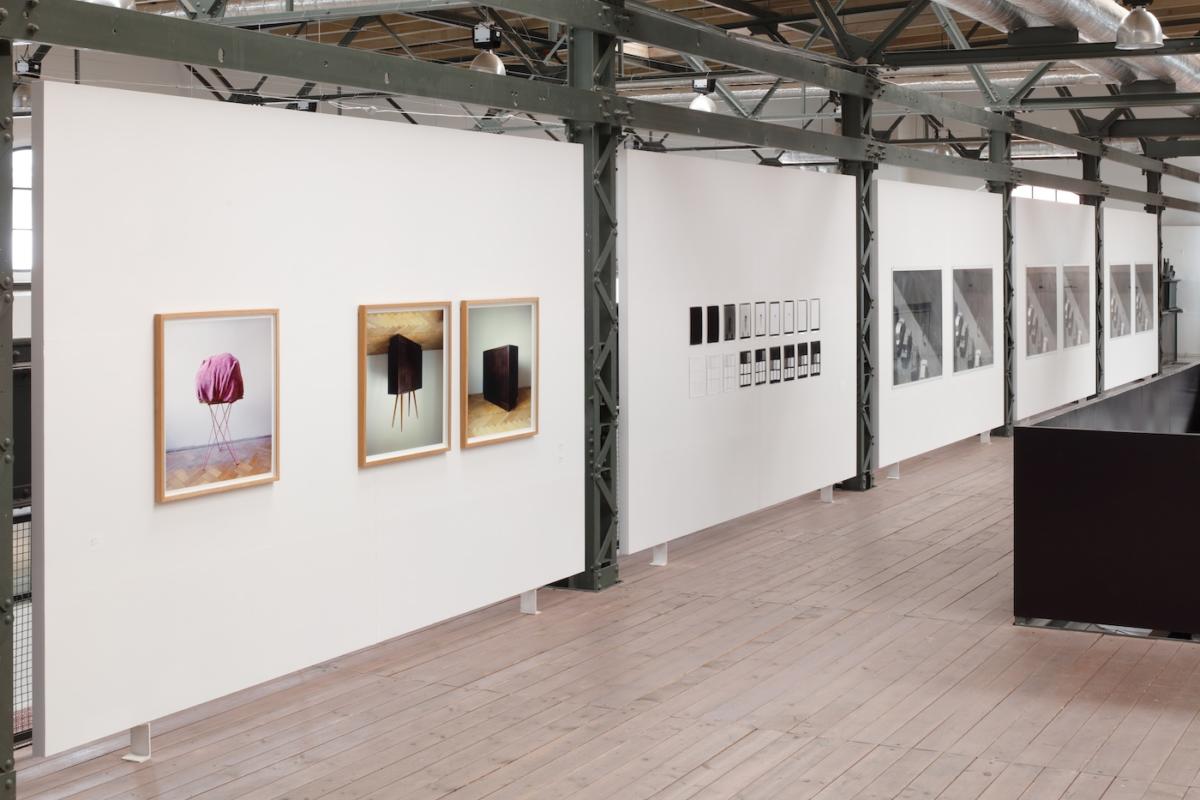

The discovery of the possibilities of fragment both in image and typography and its ability to produce metaphors endowed modern art with new possibilities of hidden creative potential such as work with coincidence in dadaism, automatism and free associations insurrealism. Typography only entered visual art in the early 20th century, first in the form of the use of fragments of letters in cubism, later in futurism, dadaism, constructivism, surrealism, lettrism, abstract expressionism, pop art and conceptual art, and it finally became a natural artistic means.
Although the typewriter started to be used in typographic experiments with language as early as the 1920s, it was not fully used until the 1950s and 1960s during a worldwide wave of experimental poetry. Word ceased to be a semantic unit, being replaced by any sign on the keyboard including punctuation and diacritics. In contrast to the avant-garde and post-war neo-avant-garde tendencies, experimental poetry of the 1960s and conceptual tendencies were inspired by the linguistic system and the attribution of new semantic properties to grapheme. Conceptual poetry was in the Czechoslovak milieu enriched by further possibilities of the semiotic play with letters, and several artists developed in parallel the concepts of tautology, semantic shifts, associative links and complications, repetitive monotonous texts and semantic drawings.
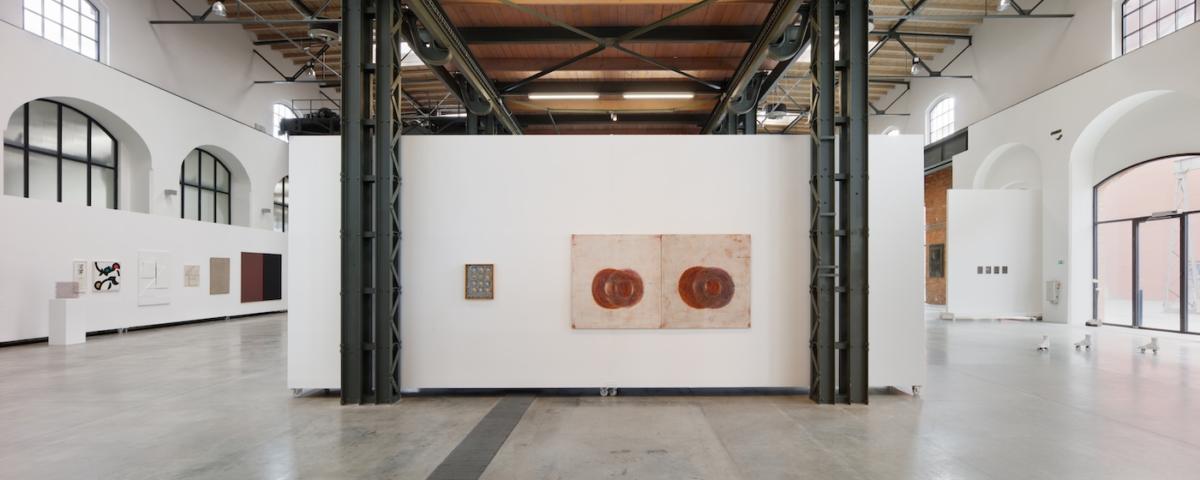


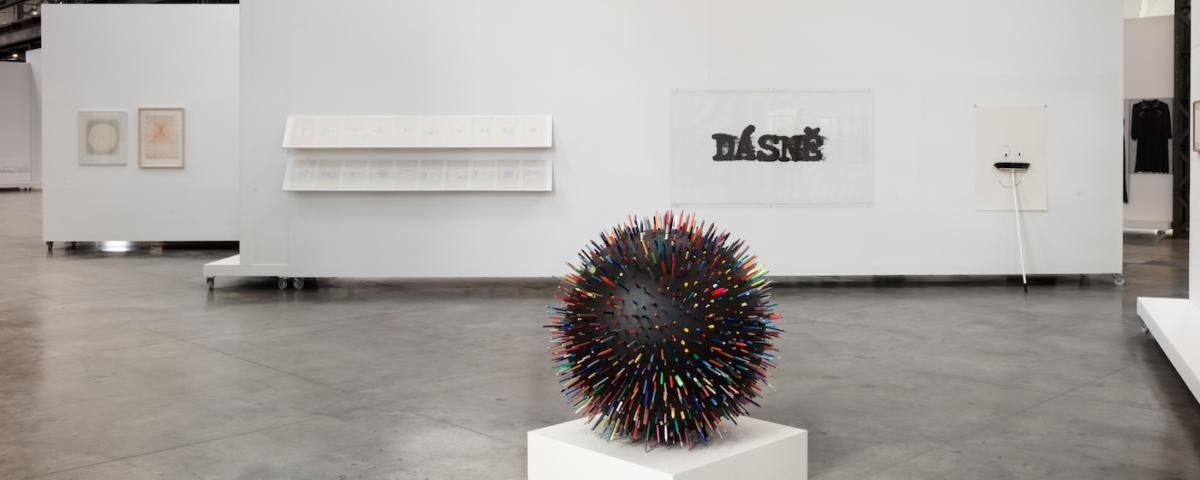
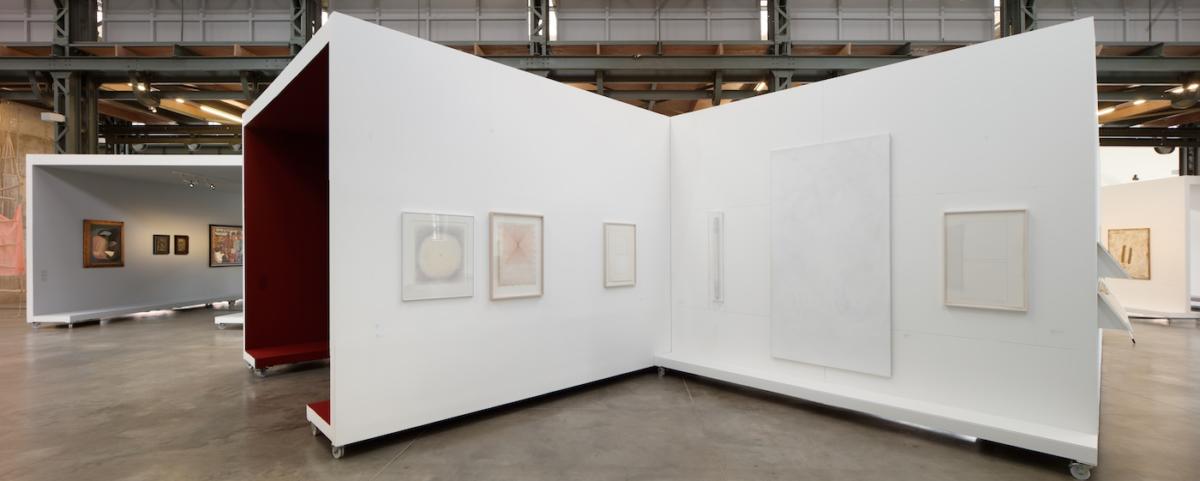







In general terms, the discovery of fragmentarization opened new possibilities in work with symbols, archetypes and cultural stereotypes, and created a template for the redefinition of the existing constructs and the evolution of new approaches defying the previous ones. This possibility also points out the link between works on different levels, despite the fact that the artists represented approach all these creative strategies from different perspectives and with different motivation. The displayed works present the principle of collage, the use of letters, abstraction and reduction not only as means for the search of autonomous artistic form, often with apparent modernist morphology, and a point of departure rich in associations, but also as an element critically related through its essence to various manners of the isolation and separation of individual segments from a whole. Reflecting the origin of visual, verbal, and acoustic entities, the current selection aims at their reconstruction, thus closing a circle of subjects typified by their validity in the history of art and by a universal value in its introspective role.
Imprint
| Artist | Tomáš Absolon, Josef Achrer, Hynek Alt & Aleksandra Vajd, Eduard Antal, Alžběta Bačíková, Tomáš Bárta, Ondřej Basjuk, Nina Beier, Marie Blabolilová, Josef Bolf, Václav Boštík, Vladimír Boudník, Radek Brousil, Jan Brož, Robert Cyprich, Josef Čapek, Anna Daučíková, Milena Dopitová, Markéta Filipová, Stanislav Filko, Emil Filla, František Foltýn, Jiří Franta & David Böhm, Milan Grygar, Pavel Hayek, Camille Henrot, Jiří Hilmar, Katarína Hládeková, Ondřej Homola, Vladimír Houdek, František Hudeček, Dalibor Chatrný, Matyáš Chochola, Jiří John, Olga Karlíková, Krištof Kintera, Eva Kmentová, Vendula Knopová, J. H. Kocman, Vladimír Kokolia, Jiří Kolář, Stanislav Kolíbal, Eva Koťátková, Jan Kotík, Ondřej Kotrč, Alena Kotzmannová, Jiří Kovanda, Radoslav Kratina, Denisa Krausová, David Krňanský, Jan Kubíček, Alena Kučerová, Nika Kupyrova, Petr Kvíčala, Alicja Kwade, František Kyncl, Miloš Laky, Radim Langer, Otis Laubert, Denisa Lehocká, Martin Lukáč, Karel Malich, Pavla Malinová, Bohumír Matal, Marek Meduna, Juraj Meliš, Jan Merta, Svätopluk Mikyta, Vladislav Mirvald, Monogramista T.D, Kamila Musilová, Karel Nepraš, Alice Nikitinová, Petr Nikl, Ladislav Novák, Markéta Othová, Marian Palla, Michal Pěchouček, Ivan Pinkava, Antonín Procházka, Rafani, Eva Rybářová, Pavla Sceranková, Rudolf Sikora, František Skála, Matěj Smetana, Jiří Staněk, Jan Steklík, Václav Stratil, Jan Svoboda, Tomáš Svoboda, Zdeněk Sýkora, Jan Šerých, Josef Šíma, Adriena Šimotová, Michal Škoda, Jindřich Štyrský, Jiří Thýn, Václav Tikal, Karel Trinkewitz, Lubomír Typlt, Jiří Valoch, Kateřina Vincourová, Lenka Vítková, Daniel Vlček, Jan Wojnar, Ján Zavarský |
| Exhibition | ECHO. Selection from the Fait Gallery Collection |
| Place / venue | Fait Gallery, Brno |
| Dates | 27 March 2019 - 18 May 2019 |
| Curated by | Denisa Kujelová |
| Photos | Martin Polák |
| Website | www.faitgallery.com |
| Index | Adriena Šimotová Alena Kotzmannová Alena Kučerová Alice Nikitinova Alicja Kwade Alžběta Bačíková Anna Daučíková Antonín Procházka Bohumír Matal Camille Henrot Dalibor Chatrný Daniel Vlček David Krňanský Denisa Krausová Denisa Kujelová Denisa Lehocká Eduard Antal Emil Filla Eva Kmentová Eva Kot’átková Eva Rybářová Fait Gallery František Foltýn František Hudeček František Kyncl František Skála Hynek Alt & Aleksandra Vajd Ivan Pinkava J. H. Kocman Jan Brož Jan Kotík Jan Kubíček Jan Merta Jan Šerých Jan Steklík Jan Svoboda Jan Wojnar Ján Zavarský Jindřich Štyrský Jiří Franta & David Böhm Jiří Hilmar Jiří John Jiří Kolář Jiří Kovanda Jiří Staněk Jiří Thýn Jiří Valoch Josef Achrer Josef Bolf Josef Čapek Josef Šíma Juraj Meliš Kamila Musilová Karel Malich Karel Nepraš Karel Trinkewitz Katarína Hládeková Kateřina Vincourová Krištof Kintera Ladislav Novák Lenká Vítková Lubomír Typlt Marek Meduna Marian Palla Marie Blabolilová Markéta Filipová Markéta Othová Martin Lukáč Matěj Smetana Matyáš Chochola Michal Pěchouček Michal Škoda Milan Grygar Milena Dopitová Miloš Laky Monogramista T.D Nika Kupyrova Nina Beier Olga Karlíková Ondřej Basjuk Ondřej Homola Ondřej Kotrč Otis Laubert Pavel Hayek Pavla Malinová Pavla Sceranková Petr Kvíčala Petr Nikl Radek Brousil Radim Langer Radoslav Kratina Rafani Robert Cyprich Rudolf Sikora Stanislav Filko Stanislav Kolíbal Svatopluk Mikyta Tomáš Absolon Tomáš Bárta Tomáš Svoboda Václav Boštík Václav Stratil Václav Tikal Vendula Knopová Vladimír Boudník Vladimír Houdek Vladimír Kokolia Vladislav Mirvald Zdeněk Sýkora |
